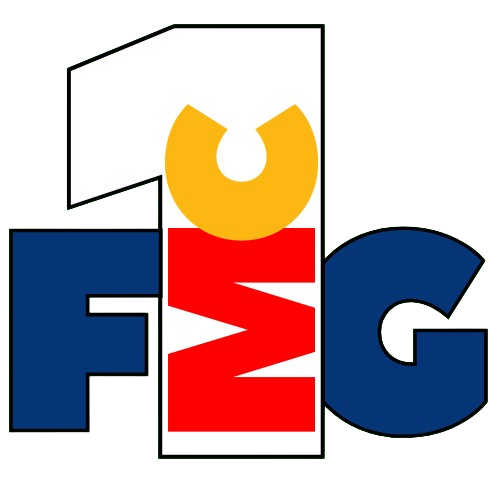U.S. Education Secretary Sparks Branding Opportunity with AI Comment
A remark by U.S. Secretary of Education Miguel Cardona has stirred online attention and sparked an unexpected branding opportunity for a well-known steak sauce brand. During a recent MSNBC interview addressing artificial intelligence in schools, Cardona appeared to confuse AI with A1, the steak sauce—prompting a mix of surprise and humor across social platforms.
Cardona stated, “You can’t put this genie back in the bottle—whether it’s AI or A1.” While clearly intending to refer to artificial intelligence, the mention of the condiment brand didn’t go unnoticed by consumers or by the Kraft Heinz-owned A.1. brand team.
Rather than allow the comment to fade as a gaffe, A.1. seized the moment with a timely marketing response. The brand updated its X (formerly Twitter) profile bio to read, “Not a form of artificial intelligence.” Additionally, it humorously posted, “To clarify: we are A.1. Sauce. Not AI. Carry on,” tapping into the cultural moment while reinforcing brand identity.
Real-Time Relevance Drives Brand Engagement
This kind of rapid-response marketing underscores a broader trend in the FMCG sector: the value of reactive branding that engages directly with consumer conversations. In recent years, notably across social media, FMCG players have increasingly adopted real-time marketing tactics to position their legacy brands in fresh, culturally relevant contexts.
For Kraft Heinz, parent to the A.1. brand, the moment provided not only levity but an organic opportunity to land on consumer feeds outside traditional mealtime moments. The brand’s quick response highlights how legacy FMCG brands can sustain relevance and build affinity among younger, digitally native shoppers through witty, real-time interactions.
Implication for FMCG Marketers
As artificial intelligence continues to dominate industry and consumer discourse, FMCG marketers will need to stay attuned to cross-category moments like these. By aligning brand messaging with topical conversations—and executing with speed and authenticity—brands can unlock incremental visibility without added media costs.
The A.1. response serves as a textbook example of how agility and a strong tone-of-voice can turn a public slip into a strategic branding win. For brand managers and communication teams, it reinforces the importance of social listening and having a
